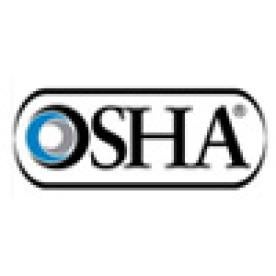OSHA's Lockout/Tagout (LOTO) Standard (29 C.F.R. § 1910.147) is severely out of date by failing to explicitly recognize the effectiveness of automated controls as an alternative means of eliminating the potential for unexpected energization. Automated controls, in fact, provide many advantages, including effective comprehensive functionality and reliability checks and reduced probability of human error. Yet, OSHA is proposing to materially revise the LOTO Standard in a way that would make it more difficult to demonstrate that automated controls are effective and eliminate the need for LOTO because there is no potential for unexpected energization. Today, under the guise of Phase IV of its Standards Improvement Project, OSHA issued a proposal that would remove the word "unexpected" from the phrase "unexpected energization," and effectively overrule the holding in Reich v. General Motors Corp., Delco Chassis Div., (GM Delco) (no potential for unexpected energization when restarting the machine involved an eight-to-twelve-step startup procedure, including time delays, and audible or visual warnings). 81 Fed. Reg. 68,504 (October 4, 2016).
OSHA asserts that this change is needed because warning systems are not as effective as LOTO and the agency seeks to avoid burdening inspectors with the need to perform a case by case assessment of various warning schemes.
[B]y holding that work on a device that gives warning before startup does not fall within the standard, the GMC Delco decisions, in essence, require a case-by-case assessment of various warning schemes to determine the applicability of the standard. To enforce the standard consistent with those decisions, OSHA has provided its compliance officers with 11 different factors to evaluate to determine whether particular warning devices are adequate and reliable enough to allow all employees to escape all types of hazardous energy in all circumstances that may occur (see CPL 02-00-147 at 3-5 to 3-6). This creates a degree of uncertainty about the applicability of the standard for the regulated community that OSHA did not intend.
If OSHA is concerned about assessing the burden of various warning schemes, what is its position on having inspectors assess various automated control systems to determine their effectiveness in eliminating the potential for unexpected energization? Clearly, OSHA has ignored the practical implications of GM Delco and the consequences of overruling it. This is a significant step backward for the cost-effective control of hazardous energy.
OSHA is proposing 18 revisions to existing standards in its recordkeeping, general industry, maritime, and construction standards, with most of the revisions to its construction standards. Comments on this proposal are due on December 5, 2016.




 i
i


